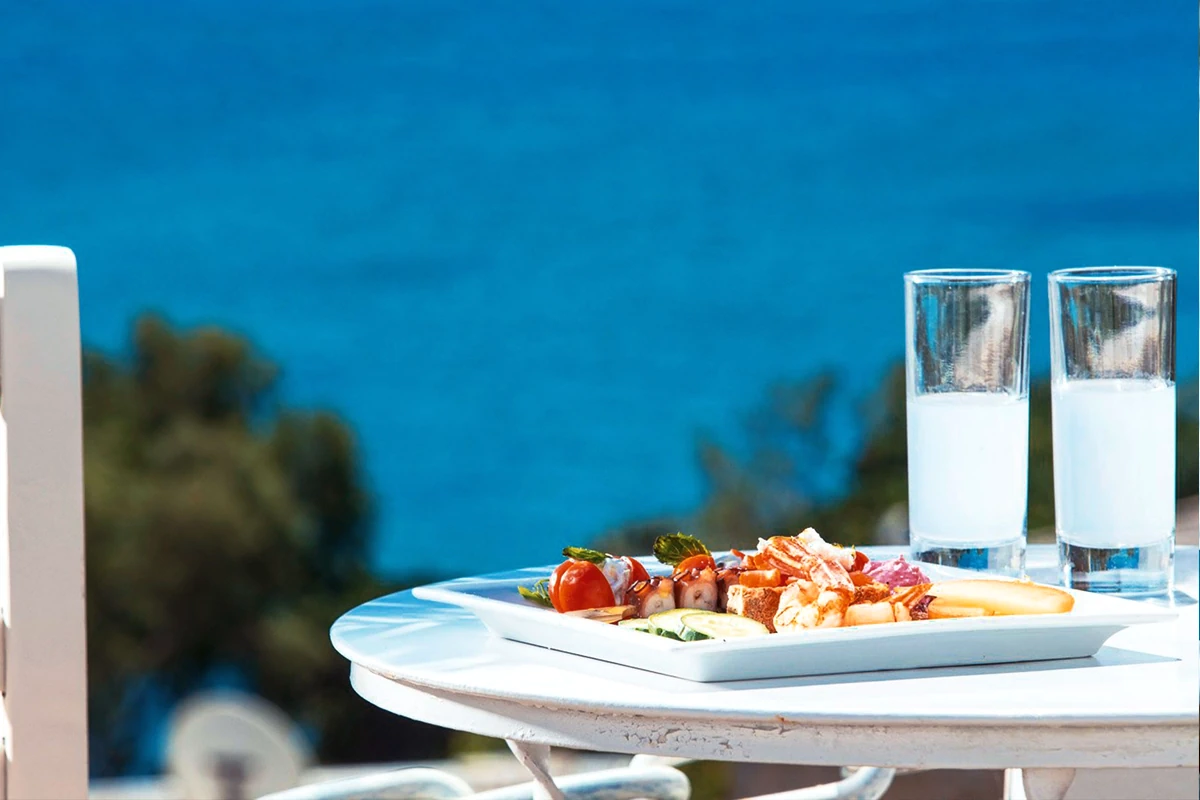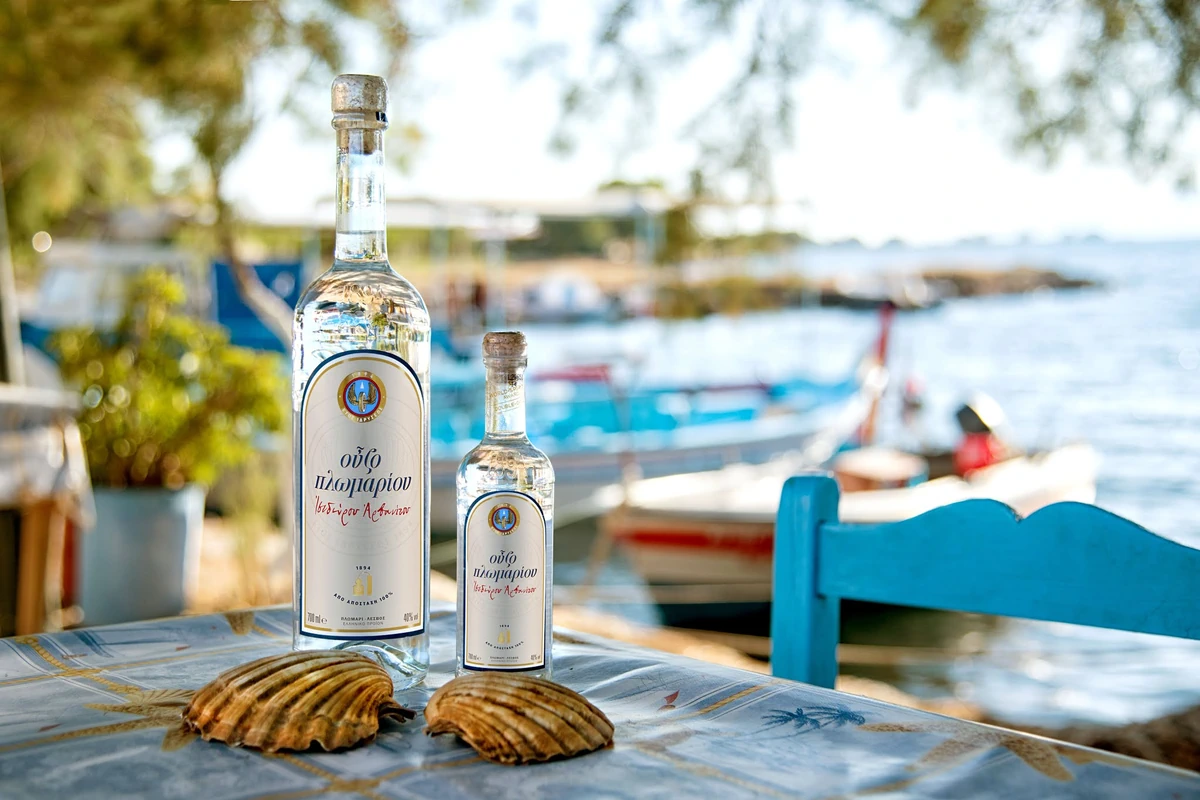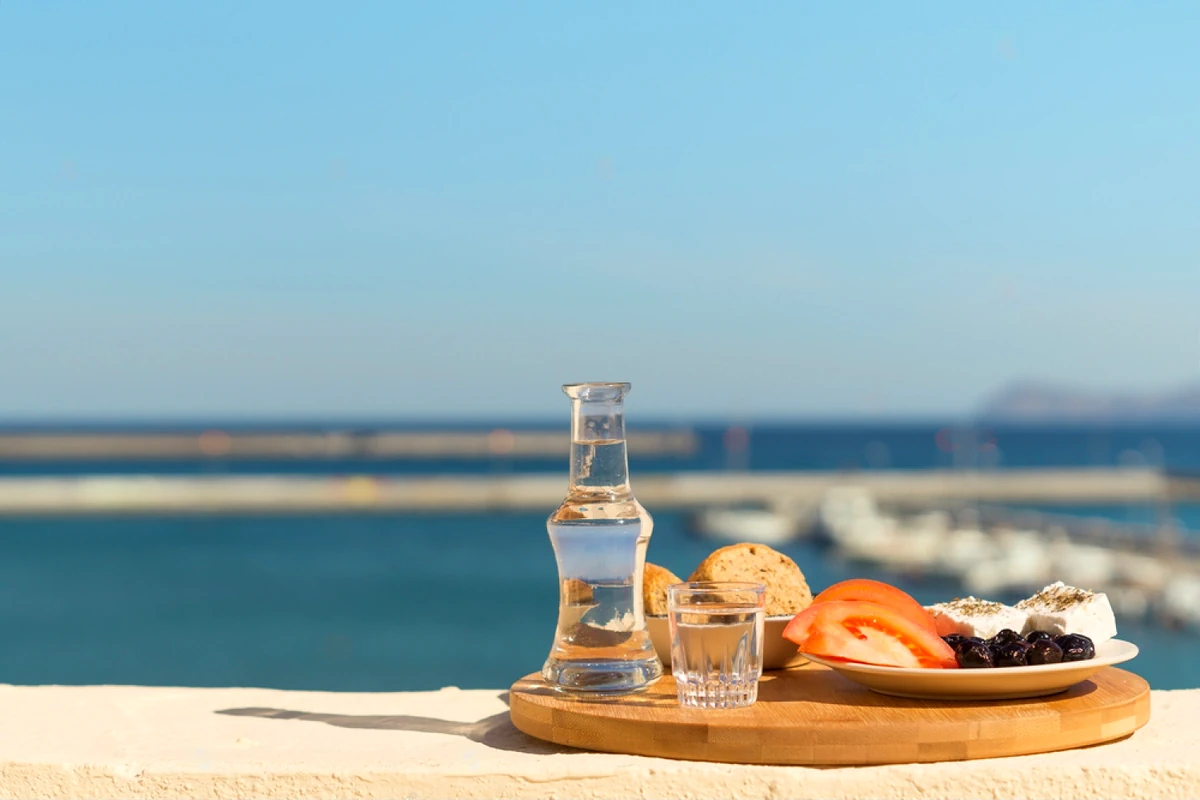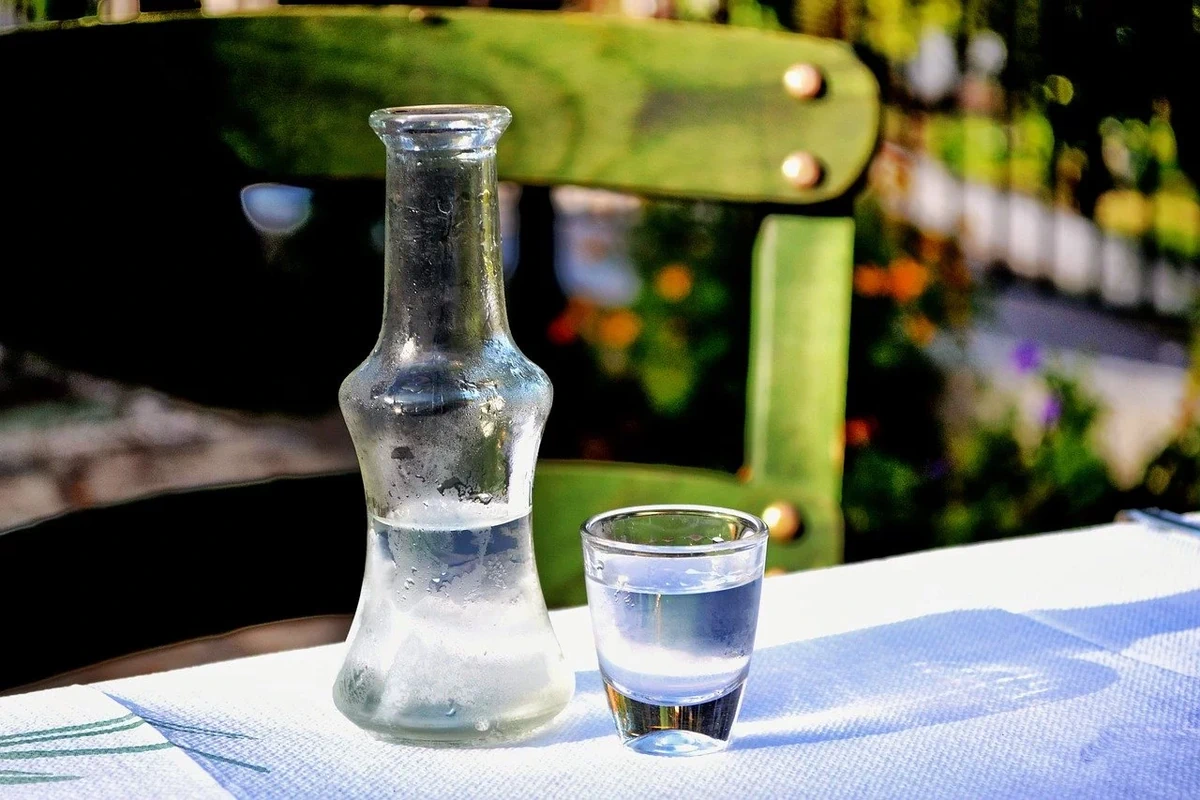Traditional Greek Spirits
Probably you have already heard about the local drinks, or even tried some. However, we surely can say that not everyone has figured out the difference among the traditional Greek spirits, so let’s together find out.
 The main difference between tsipouro and ouzo lies in the way that they are produced. Tsipouro is made from the leftovers of winemaking, i.e. bunches and grape skin, fermented at low temperatures.
The main difference between tsipouro and ouzo lies in the way that they are produced. Tsipouro is made from the leftovers of winemaking, i.e. bunches and grape skin, fermented at low temperatures.
 Ouzo is just a small fraction of the grape distillation product. It is produced by recognized and controlled distillers using pure alcohol of agricultural origin with the addition of anise and a wide variety of aromatics, spices, fruits, nuts or plants. By law, at least 20% must be obtained from the distillation of alcohol from grapes.
Ouzo is just a small fraction of the grape distillation product. It is produced by recognized and controlled distillers using pure alcohol of agricultural origin with the addition of anise and a wide variety of aromatics, spices, fruits, nuts or plants. By law, at least 20% must be obtained from the distillation of alcohol from grapes.
 The difference between tsikoudia and ouzo is that ouzo is 70% distillated, while tsikoudia is 100%. The remaining 30% of ouzo is water. For the production of tsikoudia, even alcohol is used as a distillation product.
The difference between tsikoudia and ouzo is that ouzo is 70% distillated, while tsikoudia is 100%. The remaining 30% of ouzo is water. For the production of tsikoudia, even alcohol is used as a distillation product.
 Distinguishing raki from tsikoudia and tsipouro is more difficult. The main difference between tsikoudia and raki is where they are made. In Crete, raki is made in a place called rakidio (the local dialect). Tsipouro and tsikoudia are made in the same way, but in the past, different ingredients were used on producing of tsikoudia. However, in general, raki, tsikoudia and tsipouro, if they do not contain anise, are the same spirit.
Distinguishing raki from tsikoudia and tsipouro is more difficult. The main difference between tsikoudia and raki is where they are made. In Crete, raki is made in a place called rakidio (the local dialect). Tsipouro and tsikoudia are made in the same way, but in the past, different ingredients were used on producing of tsikoudia. However, in general, raki, tsikoudia and tsipouro, if they do not contain anise, are the same spirit.
On hot summer days, locals drink Ouzo mixed with lemonade or ice water as an aperitif, the ideal snack for which is octopus in vinegar and oil or other seafood. Raki, Tsipuro or Tsikoudia are served to the table as a compliment after a meal at the expense of the house, in combination with fresh fruits or sweets. But, if the locals order one of these drinks, then for an appetizer they prefer small plates with different dishes – Meze. We hope everything is clear now, so well, as the Greeks say, “Stin ygeia mas!”
Tsipouro
 The main difference between tsipouro and ouzo lies in the way that they are produced. Tsipouro is made from the leftovers of winemaking, i.e. bunches and grape skin, fermented at low temperatures.
The main difference between tsipouro and ouzo lies in the way that they are produced. Tsipouro is made from the leftovers of winemaking, i.e. bunches and grape skin, fermented at low temperatures.
Ouzo
 Ouzo is just a small fraction of the grape distillation product. It is produced by recognized and controlled distillers using pure alcohol of agricultural origin with the addition of anise and a wide variety of aromatics, spices, fruits, nuts or plants. By law, at least 20% must be obtained from the distillation of alcohol from grapes.
Ouzo is just a small fraction of the grape distillation product. It is produced by recognized and controlled distillers using pure alcohol of agricultural origin with the addition of anise and a wide variety of aromatics, spices, fruits, nuts or plants. By law, at least 20% must be obtained from the distillation of alcohol from grapes.
Ouzo and coffee?
The older times, the labors, particular in agriculture, used to alternate a few sips of Greek coffee with a few sips of ouzo, which they kept next to a cup of coffee. Nowadays, it is suggested to add a few drops of ouzo directly to the coffee, whether it is Greek, espresso or frappe.With or without ice?
With ice and some cold water in a tall glass, although there are those who prefer it undiluted with nothing. The characteristic turbidity of ouzo after the addition of water or ice is due to the anise it contains.Before or after meal?
Ouzo is an aperitif, so it is drunk before meals for appetite. It is believed that anethole, an anise essential oil, has an “appetite awakening” effect.What snack?
Ouzo is a sweet but strong drink. It suits salty, spicy and sour tastes, although the choice of snack depends on tastes of each drinker and the place where you drink it. In coastal areas, fish and seafood predominate, such as pickled or fried anchovies, sardines, etc., while in mountainous areas pickles, sausages and spicy cheeses are preferred. However, the most classic appetizers for ouzo are olives, a slice of bread, a slice of cheese, a tomato cut into quarters, and a slice of cucumber.Tsikoudia
 The difference between tsikoudia and ouzo is that ouzo is 70% distillated, while tsikoudia is 100%. The remaining 30% of ouzo is water. For the production of tsikoudia, even alcohol is used as a distillation product.
The difference between tsikoudia and ouzo is that ouzo is 70% distillated, while tsikoudia is 100%. The remaining 30% of ouzo is water. For the production of tsikoudia, even alcohol is used as a distillation product.
Raki
 Distinguishing raki from tsikoudia and tsipouro is more difficult. The main difference between tsikoudia and raki is where they are made. In Crete, raki is made in a place called rakidio (the local dialect). Tsipouro and tsikoudia are made in the same way, but in the past, different ingredients were used on producing of tsikoudia. However, in general, raki, tsikoudia and tsipouro, if they do not contain anise, are the same spirit.
Distinguishing raki from tsikoudia and tsipouro is more difficult. The main difference between tsikoudia and raki is where they are made. In Crete, raki is made in a place called rakidio (the local dialect). Tsipouro and tsikoudia are made in the same way, but in the past, different ingredients were used on producing of tsikoudia. However, in general, raki, tsikoudia and tsipouro, if they do not contain anise, are the same spirit.
On hot summer days, locals drink Ouzo mixed with lemonade or ice water as an aperitif, the ideal snack for which is octopus in vinegar and oil or other seafood. Raki, Tsipuro or Tsikoudia are served to the table as a compliment after a meal at the expense of the house, in combination with fresh fruits or sweets. But, if the locals order one of these drinks, then for an appetizer they prefer small plates with different dishes – Meze. We hope everything is clear now, so well, as the Greeks say, “Stin ygeia mas!”
-

Discover the Enchanting Flavors of Santorini Wines
Enjoy Santorini’s volcanic wines – a taste of paradise in Greece.
-

Discover the Stunning Beaches of Corfu
Let’s dive into the top beaches of Corfu and explore the beauty they have to offer!
-

3 Days in Athens
Planning a trip to Athens? In this post, you will find out how to spend three days in Athens with a detailed three-day itinerary.